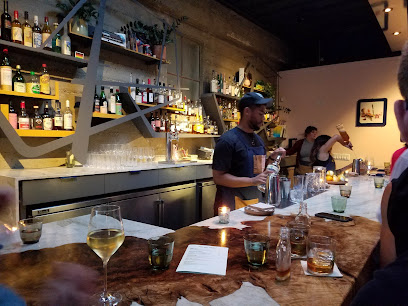
Haight-Ashbury Clock: A Timeless Relic of the Summer of Love
Visit the Haight-Ashbury Clock in San Francisco, a timeless landmark symbolizing the Summer of Love and the city's enduring counterculture spirit, surrounded by vintage shops and colorful murals.
The Haight-Ashbury Clock, located at the iconic intersection of Haight and Ashbury Streets in San Francisco, stands as a vibrant reminder of the city's counterculture history. Permanently set to 4:20, a nod to cannabis culture, the clock embodies the free-spirited essence of the 1960s hippie movement. More than just a timepiece, it's a historical landmark and popular photo spot, drawing visitors eager to connect with the neighborhood's legendary past. Surrounded by colorful Victorian homes, vintage shops, and murals, the clock serves as a focal point for reflection and a celebration of Haight-Ashbury's enduring legacy as a haven for artists, musicians, and social activists. A visit offers a glimpse into a transformative era and the neighborhood's continued embrace of creativity and individuality, making it a must-see for anyone exploring San Francisco's cultural landscape. The Doolan-Larson Building, which houses the clock, was named a National Treasure in 2019.
A brief summary to Haight-Ashbury Clock
- 1500 Haight St, San Francisco, Haight-Ashbury, California, 94117, US
Local tips
- Visit early in the morning to avoid crowds and have a more intimate experience with the historic landmark.
- Bring your camera to capture the colorful murals and unique street art surrounding the Haight-Ashbury Clock.
- Explore the nearby vintage shops and boutiques for a taste of the Haight-Ashbury's unique fashion and culture.
Getting There
-
Public Transport
From the Market Street area, take the Muni bus line 6, 7, or 71 Haight/Noriega. These buses run frequently and will drop you off directly on Haight Street near the intersection with Ashbury. A single ride fare is $3, payable via the MuniMobile app or Clipper card. Alternatively, from the Van Ness Muni station, you can take the bus 7. The journey takes approximately 12 minutes.
-
Taxi/Ride-Share
A taxi or ride-share (Uber/Lyft) from downtown San Francisco to the Haight-Ashbury Clock will typically cost between $10 and $20, depending on traffic and demand. The journey usually takes around 10-15 minutes. Be sure to specify '1500 Haight Street' as your destination.
-
Walking
If you are already in the Haight-Ashbury neighborhood or near Golden Gate Park, walking to the Haight-Ashbury Clock is a great option. From the eastern end of Golden Gate Park (near Stanyan Street), head east on Haight Street. The clock is located at the intersection of Haight and Ashbury Streets. The walk is approximately 15-20 minutes and allows you to soak in the neighborhood's unique atmosphere.
-
Driving
If driving, be aware that parking in Haight-Ashbury can be challenging. Street parking is limited and subject to time restrictions and street cleaning schedules. There is an inexpensive parking lot at Stanyan Street, two blocks south of Haight (near Frederick Street). Parking lots in the vicinity, such as the Kezar Lot at 825 Stanyan St, charge around $8 per hour. Be sure to read all parking signs carefully to avoid tickets or towing.
Discover more about Haight-Ashbury Clock
Iconic landmarks you can’t miss
1524 Haight St
0.0 km
Experience the vibrant heart of San Francisco's counterculture at the iconic Haight-Ashbury building, steeped in history and creativity.
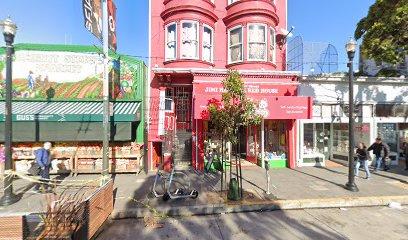
Janis Joplin's House
0.1 km
Discover the historical significance of Janis Joplin's house in San Francisco's Haight-Ashbury, a tribute to the legendary rock star and the vibrant counterculture of the 1960s.
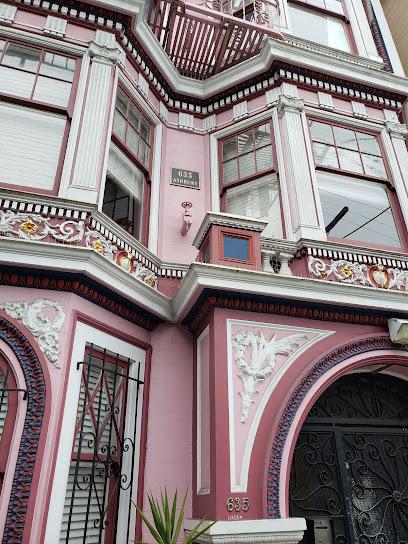
Grateful Dead House
0.2 km
Explore the iconic Grateful Dead House in Haight-Ashbury, a historical landmark that celebrates the legacy of a generation-defining rock band.

John Spencer House
0.6 km
Experience San Francisco's Victorian splendor at the John Spencer House, a meticulously preserved Queen Anne mansion in the heart of Haight-Ashbury, reflecting the city's rich architectural heritage.
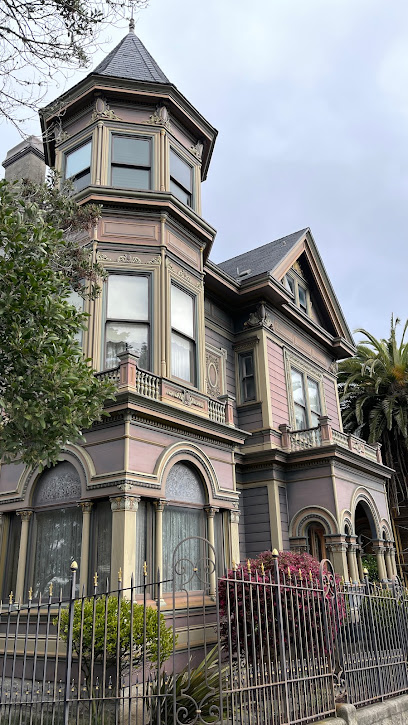
Alvord Lake Bridge
0.7 km
Explore the beauty of Alvord Lake Bridge in Golden Gate Park, a serene escape for nature lovers and photography enthusiasts in San Francisco.
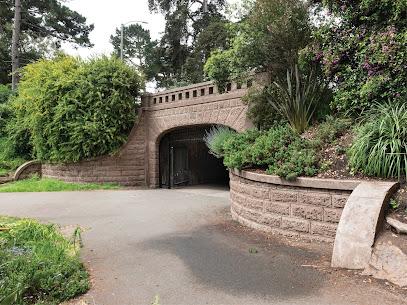
501 Stanyan St
0.7 km
Explore the architectural elegance of 501 Stanyan St in Golden Gate Park, where nature and history intertwine in the heart of San Francisco.
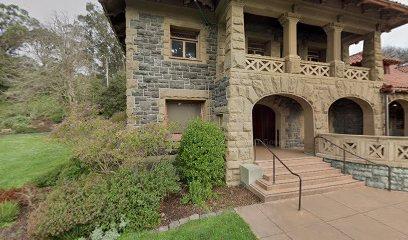
Delano House
0.8 km
Discover the rich history and stunning architecture of Delano House, a charming historical landmark in San Francisco's Buena Vista neighborhood.

Abner Phelps House
0.8 km
Explore the Abner Phelps House, the oldest surviving residence in San Francisco, showcasing the city's rich architectural heritage and history.
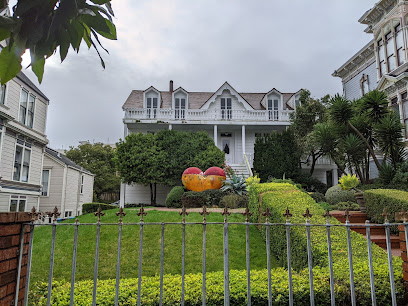
Sundial
0.9 km
Discover the Sundial in Golden Gate Park, San Francisco—a historic landmark blending beauty and nature in one serene experience.
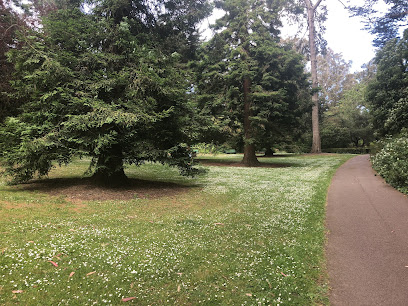
Alamo Square Historic District
1.2 km
Discover the historic Alamo Square District, home of the iconic Painted Ladies and stunning views of San Francisco’s skyline.
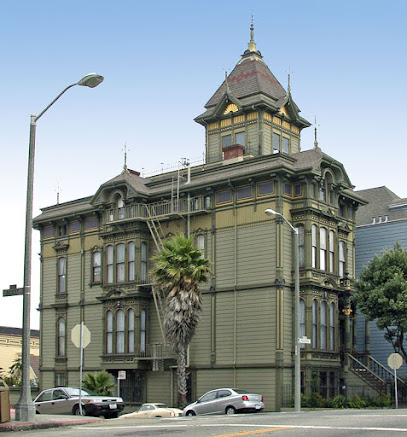
William Westerfeld House
1.2 km
Explore the William Westerfeld House, a stunning Victorian landmark in San Francisco's Fillmore District, showcasing exquisite architecture and rich history.
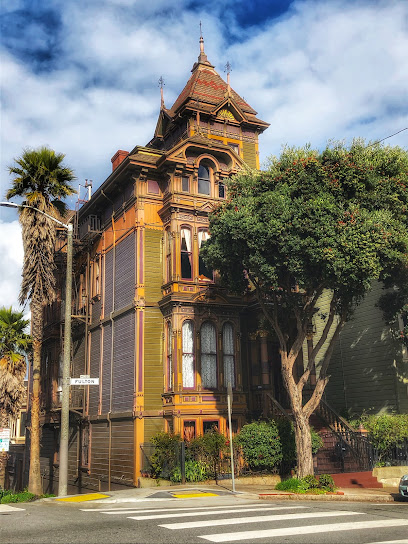
Pink Triangle Memorial
1.3 km
A poignant memorial in San Francisco's Castro District honoring LGBTQ+ victims of the Holocaust, reclaimed as a symbol of pride and a reminder of the ongoing fight for equality.
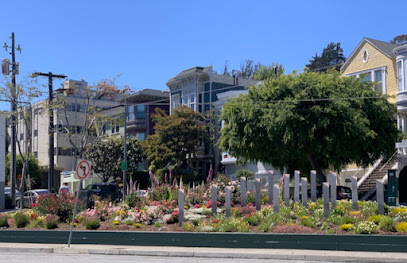
Hayes St
1.3 km
Explore Hayes Street in San Francisco: A vibrant hub of culture, cuisine, and unique boutiques nestled in the heart of Hayes Valley, offering a taste of authentic San Francisco living.
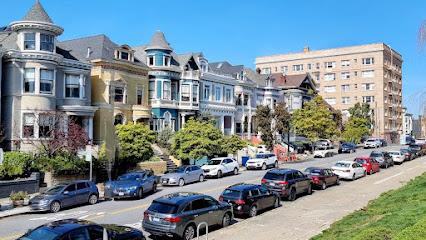
Victorian houses at McAllister st.
1.3 km
Experience San Francisco's architectural heritage with a stroll along McAllister Street, where vibrant Victorian houses showcase the city's rich history in the heart of the Fillmore District.
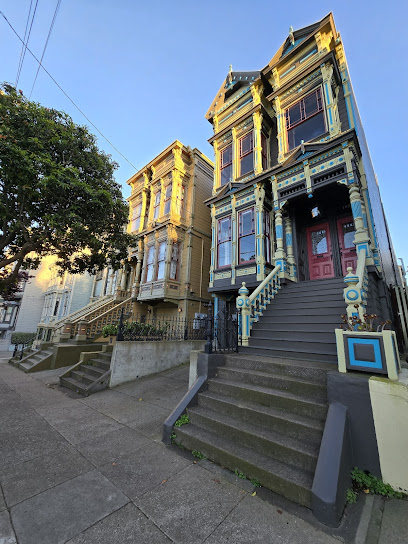
Harvey Milk Plaza
1.3 km
Explore Harvey Milk Plaza in San Francisco, a vibrant landmark honoring LGBTQ+ history and civil rights through art, community events, and a spirit of inclusivity.
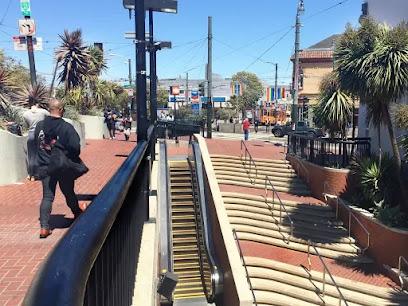
Unmissable attractions to see
Jimi Hendrix Red House
0.0 km
Discover the Jimi Hendrix Red House in Haight-Ashbury, a historic site celebrating the music legend's legacy in the heart of San Francisco.
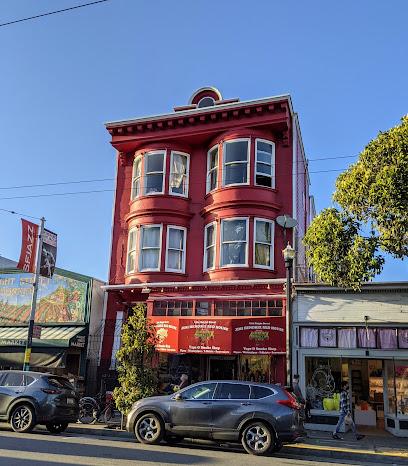
Haight-Ashbury
0.2 km
Experience the rich history and vibrant culture of Haight-Ashbury, San Francisco's iconic neighborhood of creativity and counterculture.

The Panhandle
0.3 km
Discover the lush greenery and serene atmosphere of The Panhandle, a charming park in San Francisco perfect for relaxation and recreation.
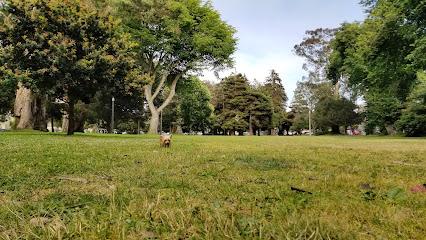
Evolutionary Rainbow
0.3 km
Experience the vibrant history of Haight-Ashbury at the Evolutionary Rainbow, a colorful tribute to the cultural heritage of San Francisco's iconic district.
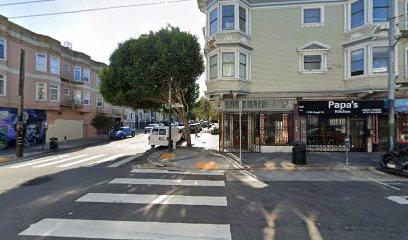
Buena Vista Park
0.3 km
Experience the natural beauty and historic charm of Buena Vista Park, a serene escape in the heart of San Francisco.

Streets of San Francisco Bike Tours
0.5 km
Experience San Francisco's iconic sights and hidden gems on a bike with Streets of San Francisco Bike Tours – the ultimate way to explore the city.
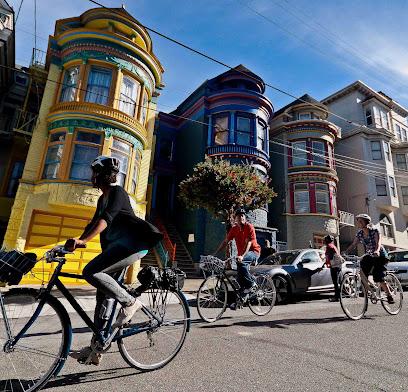
Amoeba Music
0.5 km
Explore Amoeba Music in Haight-Ashbury, San Francisco's iconic store for records, CDs, and videos, celebrating music culture and heritage.

Finnegans Wake
0.6 km
Experience the vibrant atmosphere of Finnegans Wake, a beloved sports bar in San Francisco's Cole Valley, perfect for food, drinks, and game day excitement.
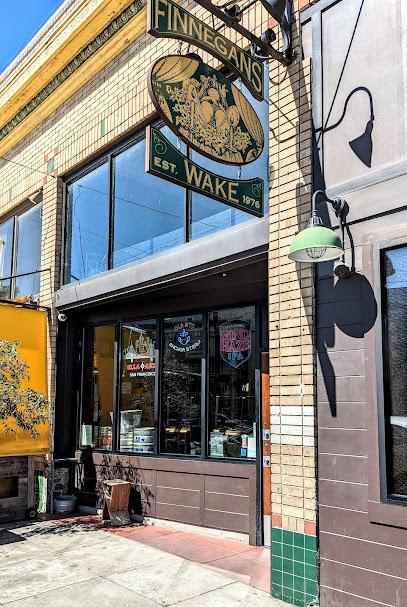
McLaren Lodge
0.7 km
Immerse yourself in the historical beauty of McLaren Lodge, a serene retreat in Golden Gate Park, perfect for relaxation and exploration.
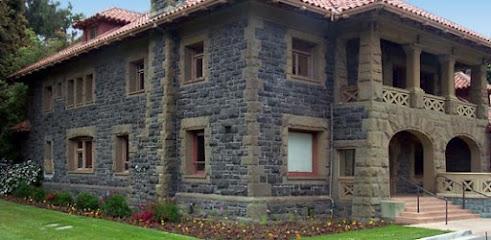
Corona Heights Park
0.9 km
Explore the breathtaking views and serene landscapes of Corona Heights Park, a must-visit destination in the heart of San Francisco.

Essential places to dine
Nopa
1.0 km
Experience the vibrant flavors of New American cuisine at Nopa in San Francisco's Alamo Square, where organic ingredients meet Mediterranean flair.
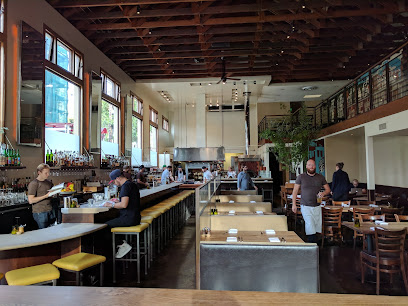
Starbelly
1.4 km
Experience fresh Californian cuisine at Starbelly in San Francisco's Castro district - where seasonal ingredients meet innovative flavors.
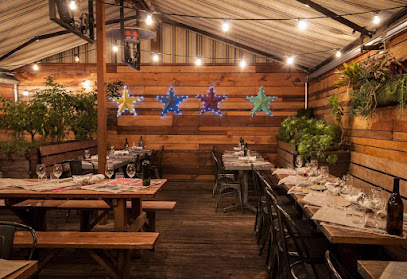
Blind Butcher
1.5 km
Experience innovative New American cuisine at Blind Butcher in San Francisco's lively Castro district - where fresh ingredients meet creative flair.
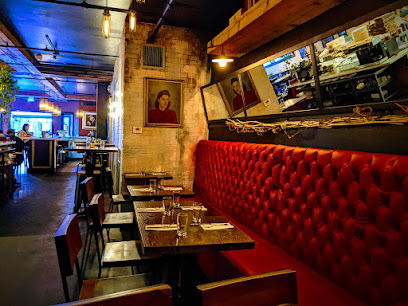
Fable
1.5 km
Discover Fable in San Francisco's Castro district - where Californian flavors meet sustainability in an enchanting dining atmosphere.
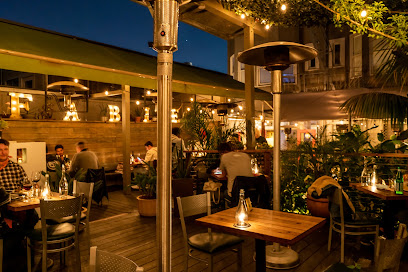
Chapeau
1.9 km
Experience exquisite French cuisine at Chapeau in San Francisco's Richmond District, where elegance meets exceptional flavors.
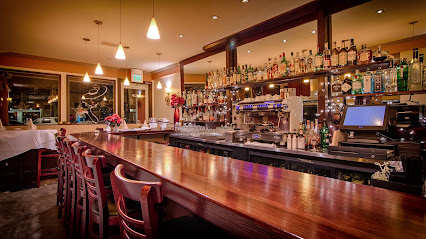
Petit Crenn
1.9 km
Discover the artful blend of tradition and innovation at Petit Crenn, a premier French restaurant in San Francisco's Hayes Valley.
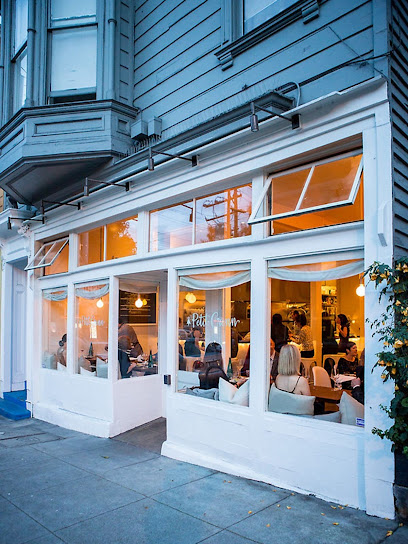
Suppenküche
1.9 km
Experience authentic German cuisine at Suppenküche in San Francisco's Hayes Valley - where every dish tells a story.
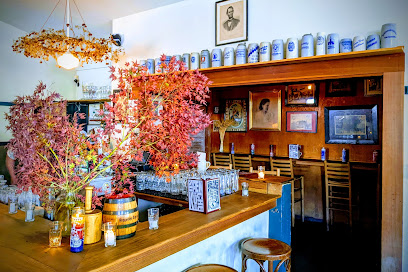
State Bird Provisions
2.0 km
Discover innovative American cuisine with a Californian twist at State Bird Provisions in San Francisco's Fillmore District.
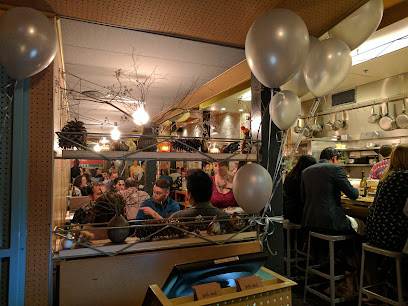
The Progress
2.0 km
Discover innovative Californian cuisine at The Progress in San Francisco’s charming Fillmore District—an unforgettable dining experience awaits!
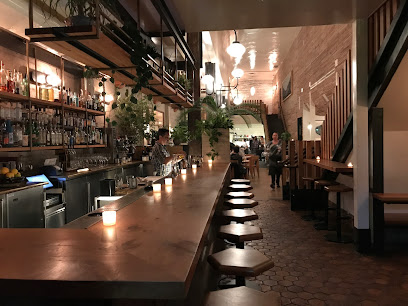
Spruce
2.0 km
Discover Spruce: A premier New American restaurant in San Francisco's Presidio Heights serving exquisite seasonal cuisine and elegant ambiance.

a Mano
2.2 km
Experience authentic Italian cuisine at a Mano in Hayes Valley - where fresh ingredients meet culinary creativity.
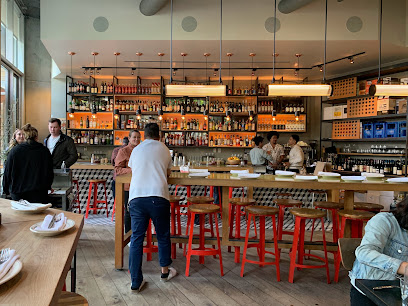
Burma Love - Mission
2.2 km
Discover the vibrant flavors of authentic Burmese cuisine at Burma Love in San Francisco's Mission District - a true culinary delight.

Rich Table
2.2 km
Discover Rich Table: A top-rated New American restaurant in San Francisco’s Lower Haight serving innovative dishes crafted from local ingredients.
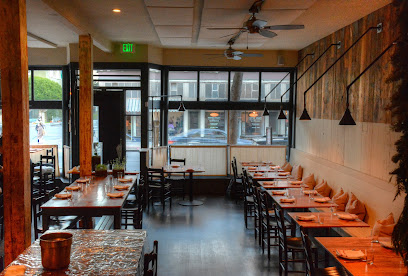
Chez Maman West
2.2 km
Savor authentic French cuisine at Chez Maman West in Hayes Valley - where culinary passion meets inviting ambiance.
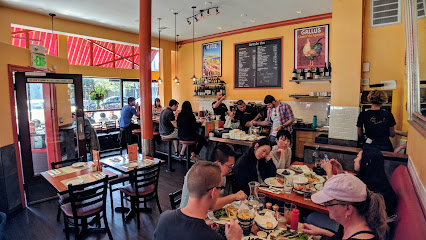
Monsieur Benjamin
2.2 km
Experience exquisite French cuisine at Monsieur Benjamin in Hayes Valley - where modern flavors meet timeless tradition.
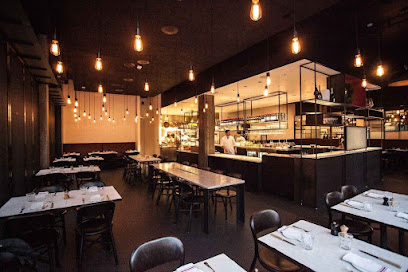
Markets, malls and hidden boutiques
Welcome Haight & Ashbury
0.0 km
Explore the heart of Haight-Ashbury with unique gifts and local treasures at Welcome Haight & Ashbury, San Francisco's iconic visitor center.
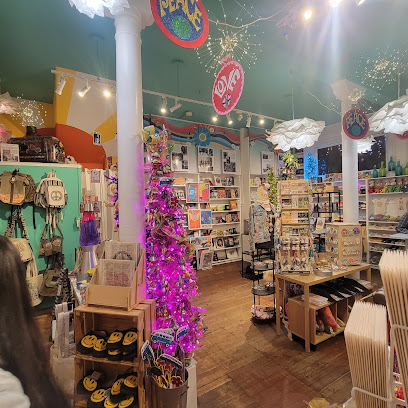
Held Over
0.1 km
Explore unique vintage fashion at Held Over, where every piece has a story and reflects the vibrant spirit of San Francisco's Haight-Ashbury.

Things Lucky Handicraft
0.1 km
Explore the vibrant Haight-Ashbury district and uncover unique gifts and handcrafted treasures at Things Lucky Handicraft.

True
0.1 km
Discover unique fashion at True Clothing in Haight-Ashbury, San Francisco's iconic store for eclectic styles and local designer pieces.
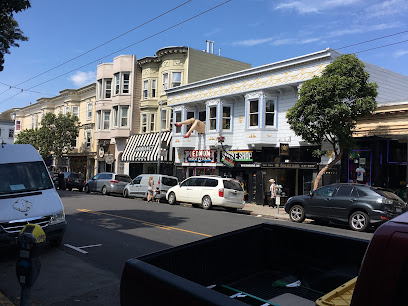
San Francisco Mercantile
0.3 km
Explore the essence of San Francisco at San Francisco Mercantile, your go-to shop for unique gifts and local artisan creations in Haight-Ashbury.
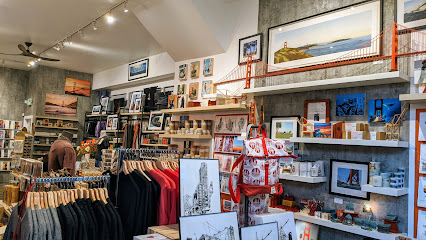
Land of the Sun
0.4 km
Explore the vibrant Land of the Sun gift shop in Haight-Ashbury, San Francisco, for unique clothing, accessories, and local souvenirs that capture the city's spirit.
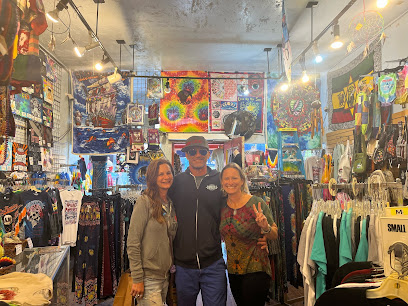
Rare Device
1.0 km
Explore Rare Device in San Francisco for a unique gift shopping experience with local art and eclectic finds.
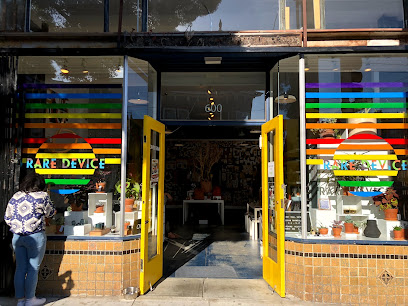
The Perish Trust
1.1 km
Discover unique gifts and local art at The Perish Trust, a charming shop in San Francisco's Fillmore District that celebrates creativity and craftsmanship.
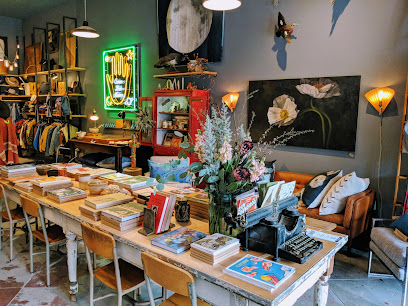
Life
1.3 km
Explore Life, a boutique gift shop in Lower Haight, San Francisco, offering unique aromatherapy, jewelry, candles, and artisan treasures.

Local Take
1.4 km
Explore Local Take in San Francisco for unique gifts and local artisanal treasures that capture the city's vibrant spirit.

COVE
1.5 km
Discover unique gifts at COVE, a charming shop in San Francisco's Lower Haight, showcasing local artisans and eclectic treasures.

The Golden Hour
1.9 km
Discover vintage treasures and unique finds at The Golden Hour, San Francisco's charming vintage clothing store in the heart of Richmond District.
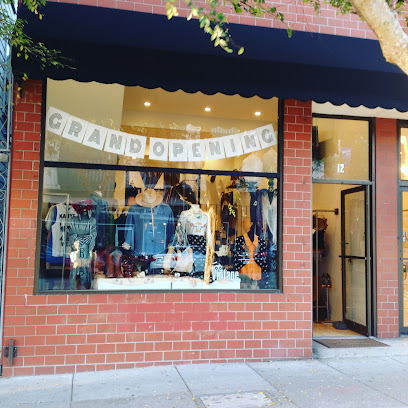
Foggy Notion
1.9 km
Explore Foggy Notion, a charming boutique in San Francisco, offering a captivating selection of unique gifts and artisanal treasures.

Button Down
2.0 km
Explore Button Down, a charming clothing store in San Francisco’s Presidio Heights, offering unique apparel and accessories for the fashion-savvy traveler.
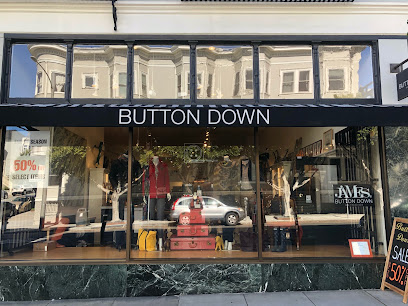
Metier
2.0 km
Discover unique, artisan-crafted jewelry at Metier in the heart of Hayes Valley, San Francisco's chic shopping destination.

Essential bars & hidden hideouts
Brioche Bakery & Cafe
0.2 km
Indulge in artisanal pastries and exceptional brunch at Brioche Bakery & Cafe, a must-visit gem in San Francisco's Haight-Ashbury.
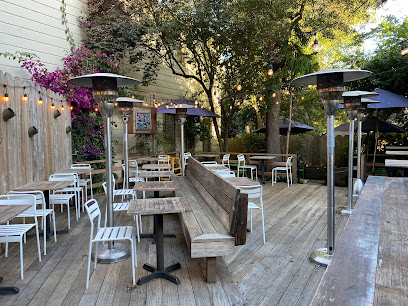
Noc Noc
1.4 km
Discover Noc Noc, a vibrant bar in San Francisco's Lower Haight, offering creative cocktails and a unique atmosphere perfect for relaxing and socializing.
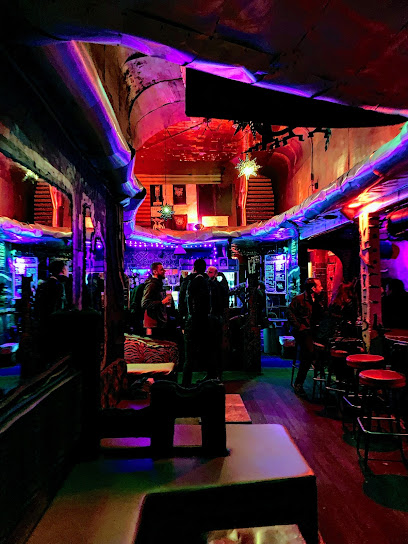
Tara Indian Cuisine
1.5 km
Experience the vibrant flavors of India at Tara Indian Cuisine in San Francisco's Castro district, where tradition meets modern dining.

Blackbird
1.6 km
Experience the best of San Francisco nightlife at Blackbird Bar, where craft cocktails and a vibrant atmosphere await.
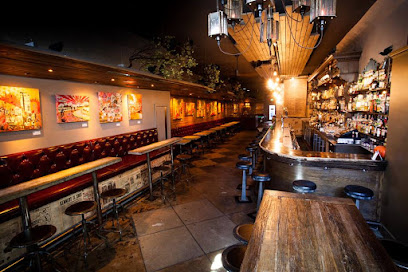
ABV
2.1 km
Discover ABV in San Francisco: a vibrant bar and restaurant known for its craft cocktails and seasonal dishes, perfect for any culinary adventure.
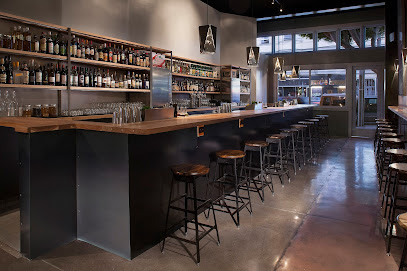
Smuggler's Cove
2.3 km
Discover the enchanting atmosphere and exquisite cocktails at Smuggler's Cove, San Francisco's premier cocktail bar and rum haven.

Dahlia SF
2.4 km
Experience the vibrant nightlife of San Francisco at Dahlia SF, a bar known for its creative cocktails and lively atmosphere in the heart of the Mission District.
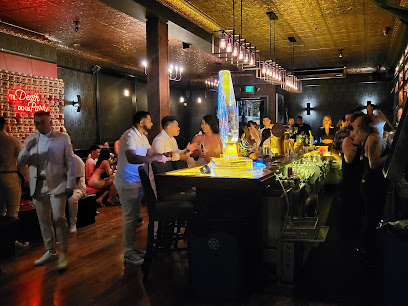
The Sycamore
2.5 km
Experience the vibrant atmosphere of The Sycamore, a gastropub in San Francisco's Mission District, where delicious American cuisine meets an extensive wine selection.
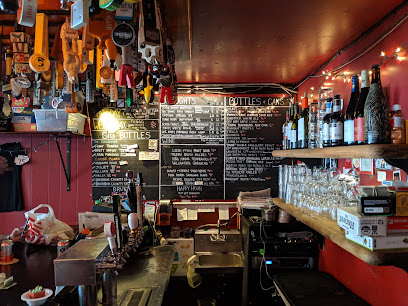
The Beehive
2.5 km
Explore The Beehive, San Francisco's cocktail bar renowned for its inventive drinks and lively ambiance in the heart of the Mission District.
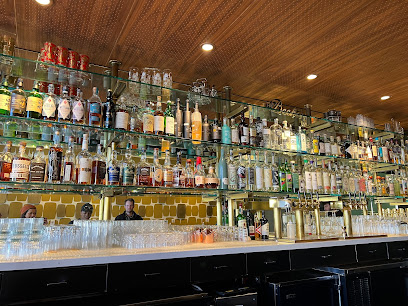
The Majestic Butterfly Lounge
2.7 km
Experience the art of mixology at The Majestic Butterfly Lounge, a stylish cocktail bar in San Francisco's Cathedral Hill, perfect for a vibrant night out.

Casements Bar
2.7 km
Experience the lively spirit of San Francisco at Casements Bar, a unique Irish pub and cocktail haven in the Mission District.

Bear Vs. Bull
2.9 km
Discover the vibrant atmosphere and exquisite flavors at Bear Vs. Bull, a premier cocktail bar in San Francisco's Mission District.
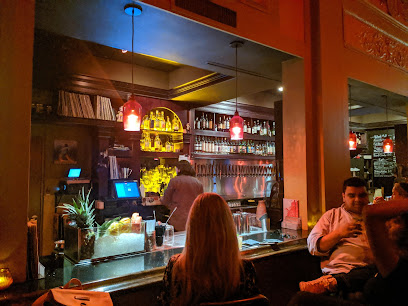
Mission Bar
3.1 km
Discover the vibrant nightlife and local flavors at Mission Bar, a beloved spot in San Francisco's Mission District.

Kozy Kar
3.3 km
Experience the unique charm of Kozy Kar, a vibrant bar in San Francisco's Polk Gulch, known for its water mattresses and friendly atmosphere.
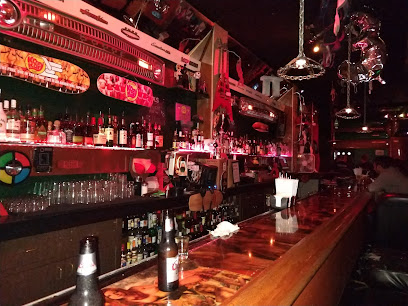
True Laurel
3.3 km
Discover the vibrant flavors and innovative cocktails at True Laurel, a must-visit cocktail bar and restaurant in San Francisco's Mission District.
